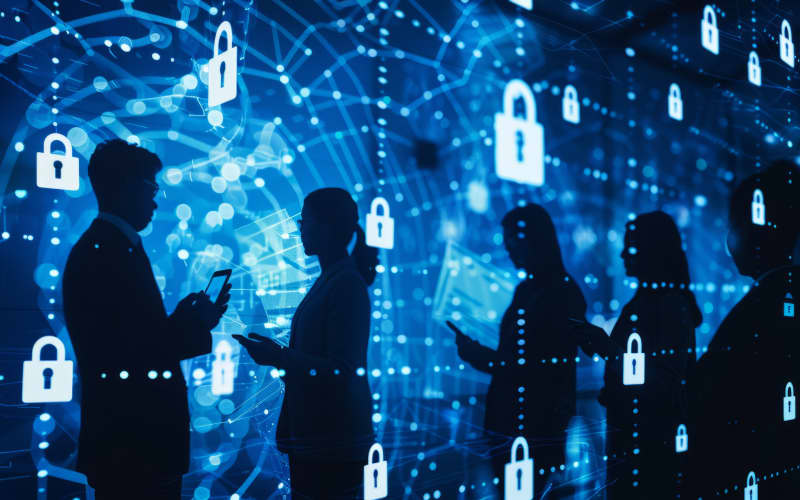There has been a steady move away from what would traditionally be termed Disaster Recovery (DR) by organisations over the course of the last ten years. Due in no small part to the rise and adoption of cloud computing, but has the current global pandemic accelerated this sea change and the way that businesses will approach DR going forwards? It may just be possible that it has.
From the late seventies onwards DR has been part of many IT vendor and resellers portfolio, as customers recognized their dependency on computer systems. Moving forwards a couple of decades to the early nineties and a step change happened where DR was newly defined into 7 Tiers by the SHARE Group, then latterly revised to 8 Tiers in 2012 by IBM.
Covering a whole host of requirements from backup computer centers, through high availability to “Hot-Site” facilities, DR solutions have been used to meet the ever-changing needs of developing businesses, and indeed the evolution of DR solutions themselves.
Throughout the decades one near constant, until now, has been the workplace-based user. Historically, when DR was invoked, the business users would remain within the workplace, they may on occasion move on mass to a back-up location or work area recovery site but generally speaking they would stay ‘onsite’. However, the current situation with COVID-19 has forced businesses worldwide to re-think and restructure this approach. The unprecedented circumstances we currently find ourselves in, have changed that constant maybe forever.
Globally, within the space of little over a fortnight, businesses hastily re-wrote impact analysis reports, Governments declared country wide lockdowns and home working became a reality for the vast majority. The situation has left some businesses and IT departments struggling with access to manage and maintain key infrastructure during lockdown.
So, as we journey through the current situation, with businesses doing their upmost in challenging circumstances (both personally and professionally), the question of what this will mean for businesses in the aftermath comes to mind. When we eventually find ourselves on the other side of this global pandemic, will we find the theory that some less forward-thinking business still hold, that remote working lessens personal productivity, is a theory that has been debunked for good?
That’s not to say for all industries a wide sweep approach to remote working is possible, either now or in the immediate future, and it doesn’t lessen the need for businesses to have onsite/front line staff required in the traditional workplace setting. But for businesses and employees that sit aside from that it may just be that remote working becomes part of general patterns and plans moving forwards. Which then, leads to a question of the threats faced by increased cyber risks/attacks and how businesses mitigate against this not just on a short-term scale but as part of their overall business continuity and disaster recovery strategy.
One thing is for certain, there has always been an upturn in DR strategy and focus after historical catastrophic events, with businesses re-focusing on their critical processes. This time around there is the additional factor of an increased global remote workforce which will shape and change the future. It seems almost certain that the sea change to a more flexible consumption-based DR solution will be accelerated.
If you’re ready to discuss the next step in your disaster recovery plan, give us a call today to find out how we can help.





